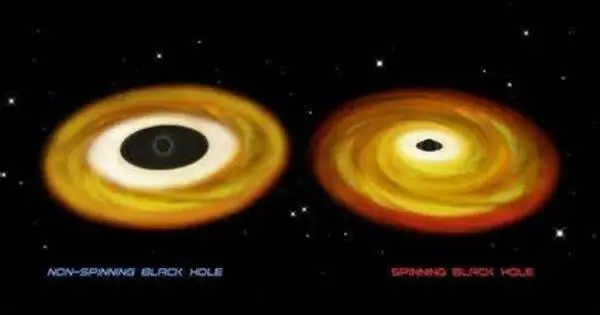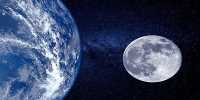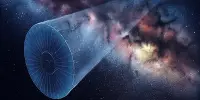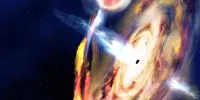A black hole’s spin is an important element that determines its interaction with matter and other things in its neighborhood. The supermassive black hole at the center of galaxy M87, made famous by the first image of a black hole shadow, has produced yet another first: the jet spewing out from the black hole has been shown to wobble, offering direct evidence that the black hole is spinning.
Supermassive black holes, monsters billions of times heavier than the Sun that consume everything in their path, even light, are difficult to study since no information can escape from them. In theory, there are just a few traits that we may hope to measure. One property that might possibly be observed is spin, but due to the difficulties involved there have been no direct observations of black hole spin.
An international team examined almost two decades of observational data for the galaxy M87 in search of evidence for black hole rotation. This galaxy, 55 million light-years away in the direction of the constellation Virgo, is home to a black hole 6.5 billion times more massive than the Sun, the same black hole that provided the Event Horizon Telescope (EHT) with the first photograph of a black hole shadow in 2019. The supermassive black hole in M87 is known to contain an accretion disk, which feeds matter into the black hole, and a jet, which ejects matter at close to the speed of light from near the black hole.
We are thrilled by this significant finding. Since the misalignment between the black hole and the disk is relatively small and the precession period is around 11 years, accumulating high-resolution data tracing M87 structure over two decades and thorough analysis are essential to obtain this achievement.
Yuzhu Cui
The team analyzed data for 170 time frames collected by the East Asian VLBI Network (EAVN), the Very Long Baseline Array (VLBA), the joint array of KVN and VERA (KaVA), and the East Asia to Italy Nearly Global (EATING) VLBI network. In total, more than 20 radio telescopes across the globe contributed to this study.
The results reveal that gravitational interactions between the accretion disk and the black hole’s spin cause the base of the jet to wobble, or precess, in the same way as gravitational interactions inside the Solar System cause the Earth to precess. The scientists successfully linked the dynamics of the jet to the central supermassive black hole, providing direct evidence that the black hole does indeed spin. The jet’s path shifts by around 10 degrees over an 11-year period, reflecting theoretical supercomputer calculations performed by ATERUI II at the National Astronomical Observatory of Japan (NAOJ).
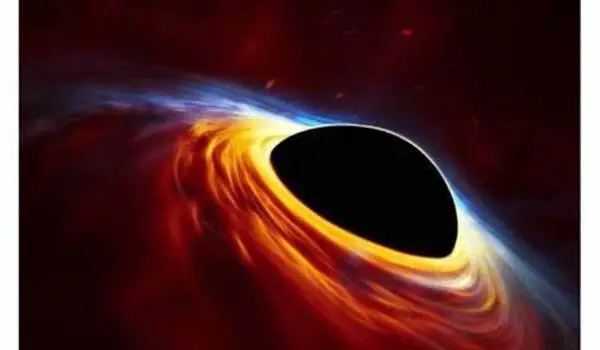
“We are thrilled by this significant finding,” says Yuzhu Cui, lead author on the report that summarizes the research she began as a graduate student at NAOJ before coming to Zhejiang Lab as a postdoctoral researcher. “Since the misalignment between the black hole and the disk is relatively small and the precession period is around 11 years, accumulating high-resolution data tracing M87 structure over two decades and thorough analysis are essential to obtain this achievement.”
“After the success of black hole imaging in this galaxy with the EHT, whether this black hole is spinning or not has been a central concern among scientists,” says Kazuhiro Hada, PhD, of the NAOJ “At this point, anticipation has turned into certainty.” This monstrous black hole is swirling.”
“This is an exciting scientific milestone that has finally been revealed after years of joint observations by the international researchers team from 45 institutions around the world working as one,” says Dr. Motoki Kino of Kogakuin University, the coordinator of the East Asian VLBI Network Active Galactic Nuclei Science Working Group. “Our observational data beautifully fitted to the simple sinusoidal curve bring us new advances in our understanding of black hole and jet system.”
